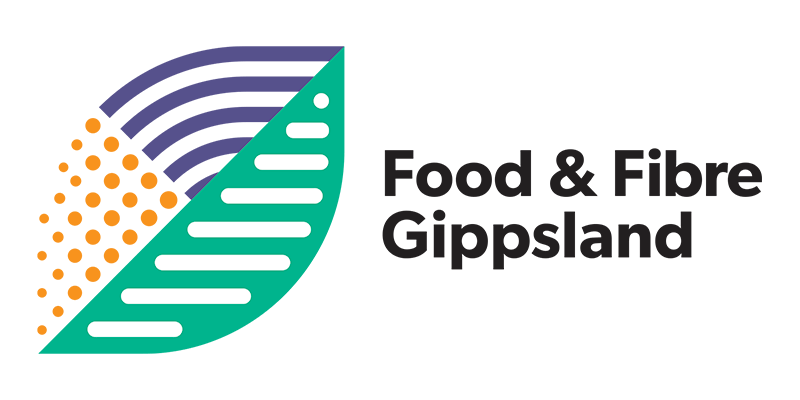Preparing for drought: Bid to bring field trials to our region
A recent grant call from the Future Drought Fund has asked for long term field trials, to better understand how drought resilience can be developed within our farming systems.
Food & Fibre Gippsland has been working with Deakin University, Agriculture Victoria, University of Melbourne, South Australian Research and Development Institute (SARDI), University of Western Australia, Tasmanian Institute of Agriculture, University of Tasmania, Bush Heritage, University of Canberra, Food & Fibre Great South Coast, National Centre for Farmer Health, and West Midland Group (WA) to develop a major bid to bring these trials to our region.
What is known from global studies is that under drought, more diverse forage mixtures have been associated with higher (or at least equal) yield than less diverse mixtures or monocultures. These observations reflect what is known as "positive complementarity", or the ability of a mixed species sward to maintain productivity under dry conditions compared to single species swards. Some species will grow better under dry conditions than others, therefore providing feed supply for greater periods of time (closing the feed gap). These species may be legumes, annual grasses, perennial species, native grasses.
Outline of the proposed project
Most southern temperate grazing enterprises (beef, sheep and dairy) face a significant feed gap as a result of low pasture growth and have to source feed off-farm. This is a significant drain on farm profitability and can drive stress in farming families. Whilst species-diverse pastures (SDP) may build resilience, they are yet to be robustly tested in Southern Australia.
The project team propose a long-term, unified assessment of how SDP affect soil moisture and feed biomass – two critical elements in closing the feed gap.
We will implement consistent trials across focal sites in four states and three industries supported by producer-led satellite sites, providing a strong adoption pathway via national Future Drought Fund (FDF) hubs, producer groups and regional networks.
Our data will support bioeconomic modelling to test SDP under future climates, management guides and decision-support tools. We will also measure wellbeing gains. This holistic program will improve farmer capacity, strengthen networks, and support community wellbeing during drought.
For more details, email us: info@foodandfibregippsland.com.au.
References
Lüscher, A., Barkaoui, K., Finn, J. A., Suter, D., Suter, M., & Volaire, F. (2022). Using plant diversity to reduce vulnerability and increase drought resilience of permanent and sown productive grasslands. Grass and Forage Science, 77(4), 235–246. https://doi.org/10.1111/gfs.12578

